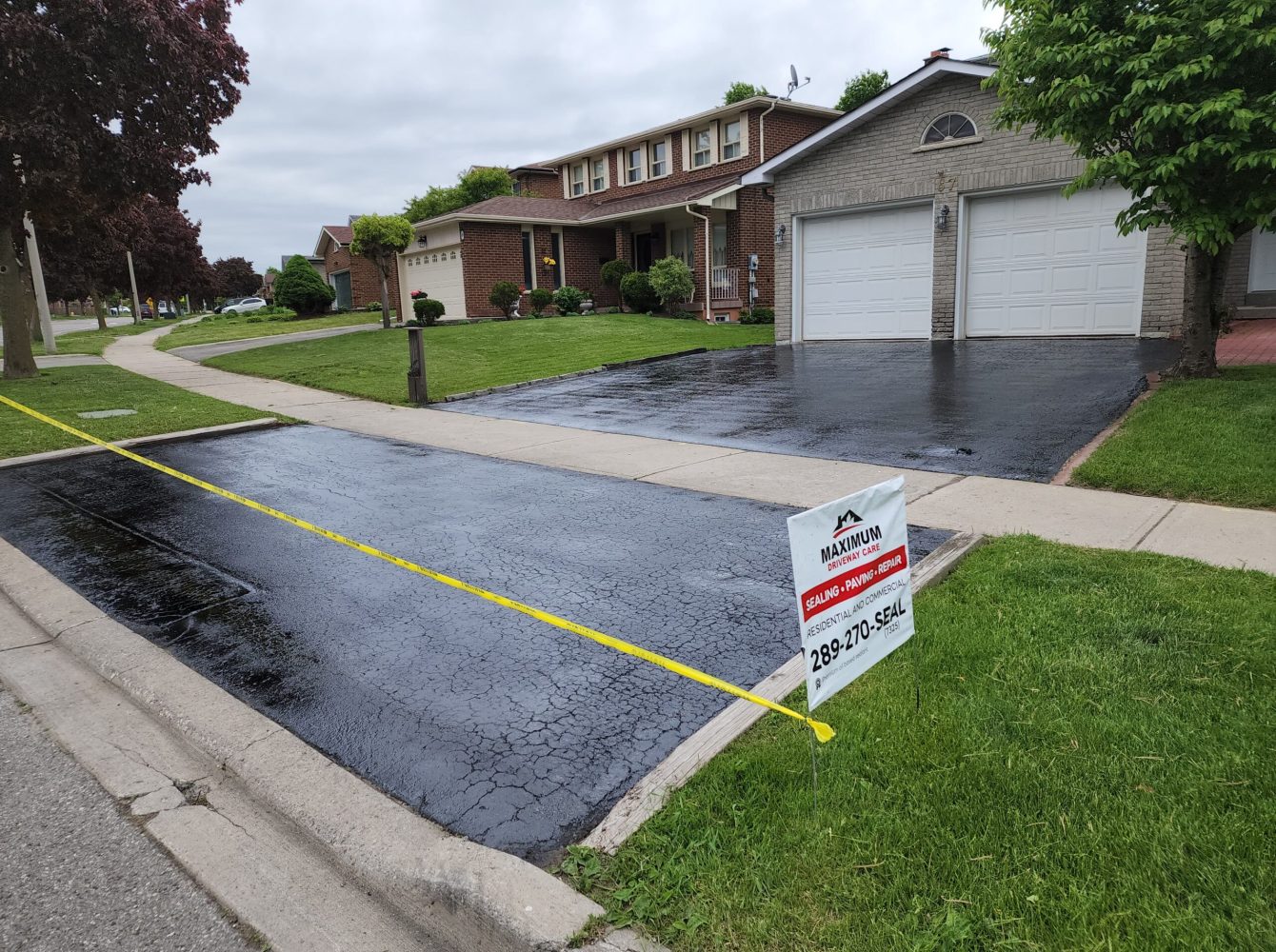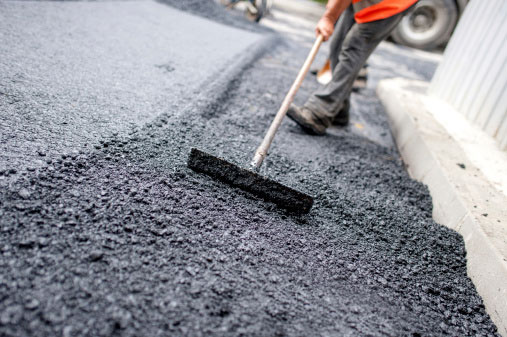Renew Angle Parking Lots: Asphalt Sealing Techniques Exposed
Wiki Article
Cold Mix Asphalt Vs. Hot Mix Asphalt: Which Is Right for You?

Structure Distinctions
Cold mix and hot mix asphalts vary considerably in their make-up, with unique qualities that influence their performance and applications. Cold mix asphalt is produced by emulsifying the asphalt binder with water and an emulsifying agent prior to blending it with aggregate. This technique enables the asphalt to be workable at lower temperature levels, making it optimal for temporary repair work and for usage in cooler climate condition. Warm mix asphalt, on the various other hand, is manufactured at heats, commonly between 300-350 ° F, which assists to attain better compaction and a much more durable last item. The warm mix asphalt production process includes heating up the accumulation and asphalt binder independently prior to combining them at the asphalt plant.
In addition, cold mix asphalt tends to be much less dense and extra versatile than warm mix asphalt. This versatility makes it much better fit for locations with greater levels of motion, such as driveways or roads with heavy traffic. In contrast, hot mix asphalt is known for its high sturdiness and resistance to rutting and splitting, making it a favored option for highways and high-traffic roads where long life is crucial.
Installation Refine Differences
The procedure of setting up cold mix and hot mix asphalt exhibits remarkable differences in their treatments and demands. Cold mix asphalt, being an extra versatile material, can be applied straight from the bag or container onto the pit or damaged location. It needs very little preparation work, such as cleansing the location and condensing the cool blend with hand devices. This makes it a convenient alternative for quick and short-lived repairs. In comparison, warm mix asphalt requires an extra intricate installation procedure. It includes warming the mixture to high temperature levels before laying it down on an appropriately ready base. The prep work includes condensing the base, using a tack layer, and using heavy equipment like pavers and compactors for a smooth and resilient finish. Due to the heating requirements, warm mix asphalt setups are usually performed by experts with specialized devices, ensuring a much more structurally audio and permanent outcome.Longevity and Longevity Aspects
When taking into consideration asphalt alternatives, sturdiness and durability are important elements to evaluate for long-term pavement Home Page performance. Warm mix asphalt (HMA) is recognized for its outstanding toughness and longevity.
In terms of longevity, HMA commonly outmatches CMA because of its exceptional toughness and resistance residential or commercial properties. HMA sidewalks have a longer solution life, requiring much less frequent fixings and maintenance, which can convert to set you back savings over time. Additionally, HMA sidewalks are much more easily personalized to satisfy details job requirements, better improving their resilience.
Price Considerations
Considering the economic implications is Clicking Here an essential facet when examining the option in between hot mix asphalt (HMA) and cold mix asphalt (CMA) for pavement tasks. While the first cost of warm mix asphalt is usually higher than that of chilly mix asphalt, HMA usually offers an extra economical service in the lengthy run as a result of its premium sturdiness and long life. HMA is known for its ability to stand up to rush hour tons and extreme climate condition, decreasing the requirement for regular fixings and maintenance. On the other hand, cold mix asphalt is a lot more budget-friendly ahead of time but may need more regular patching and resurfacing, leading to greater maintenance expenses in time.In addition to material prices, it's crucial to consider the costs linked with installation and upkeep when contrasting HMA and CMA. Inevitably, the decision in between HMA and CMA must take right into account not simply the first price yet likewise the long-term economic ramifications to figure out the most economical alternative for the particular sidewalk task.
Environmental Impact Comparison
Contrast of the ecological influences in between warm mix asphalt (HMA) and cool mix asphalt (CMA) discloses distinctive distinctions in sustainability techniques. HMA manufacturing calls for high temperature levels, leading to raised power intake and greenhouse gas exhausts.Additionally, the use of CMA frequently involves reusing existing asphalt pavement, advertising resource conservation and lowering the amount of waste sent to land fills. By choosing for CMA over HMA, roadway building projects can add positively to ecological conservation initiatives.
Final Thought
To conclude, the option in between cold mix asphalt (CMA) and warm mix asphalt (HMA) depends on different variables such as structure, installment procedure, toughness, longevity, cost, and ecological influence. angle parking. While CMA supplies a cost-efficient and quick service for small repairs, HMA guarantees remarkable durability and durability for heavy website traffic locations. Consider these aspects carefully to identify which sort of asphalt is the ideal selection for your paving Full Report requires

Thinking about the economic ramifications is a crucial element when evaluating the choice between warm mix asphalt (HMA) and chilly mix asphalt (CMA) for sidewalk projects. While the preliminary price of hot mix asphalt is typically higher than that of chilly mix asphalt, HMA often offers an extra cost-effective service in the lengthy run due to its premium sturdiness and long life. cold mix asphalt.Comparison of the ecological influences in between warm mix asphalt (HMA) and cold mix asphalt (CMA) exposes unique distinctions in sustainability techniques.In conclusion, the choice between chilly mix asphalt (CMA) and hot mix asphalt (HMA) depends on various factors such as make-up, installation process, durability, long life, price, and ecological effect
Report this wiki page